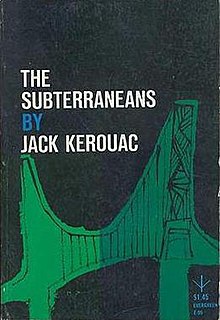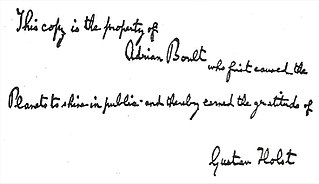
Irwin Allen Ginsberg was an American poet, philosopher and writer. He is considered to be one of the leading figures of both the Beat Generation during the 1950s and the counterculture that soon followed. He vigorously opposed militarism, economic materialism, and sexual repression and was known as embodying various aspects of this counterculture, such as his views on drugs, hostility to bureaucracy and openness to Eastern religions. He was one of many influential American writers of his time known as the Beat Generation, which included famous writers such as Jack Kerouac and William S. Burroughs.
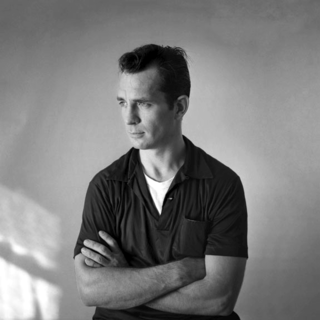
Jack Kerouac was an American novelist and poet of French-Canadian descent.
The Beat Generation was a literary movement started by a group of authors whose work explored and influenced American culture and politics in the post-war era. The bulk of their work was published and popularized throughout the 1950s. The central elements of Beat culture are the rejection of standard narrative values, making a spiritual quest, the exploration of American and Eastern religions, the rejection of materialism, explicit portrayals of the human condition, experimentation with psychedelic drugs, and sexual liberation and exploration.
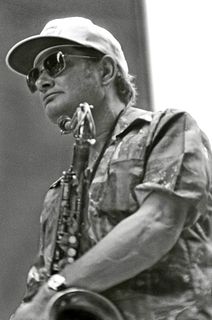
John Haley "Zoot" Sims was an American jazz saxophonist, playing mainly tenor but also alto saxophone. He first gained attention in the "Four Brothers" sax section of Woody Herman's big band, afterward enjoying a long solo career, often in partnership with fellow saxmen Gerry Mulligan and Al Cohn, and the trombonist Bob Brookmeyer.
The term San Francisco Renaissance is used as a global designation for a range of poetic activity centered on San Francisco, which brought it to prominence as a hub of the American poetry avant-garde. However, others felt this renaissance was a broader phenomenon and should be seen as also encompassing the visual and performing arts, philosophy, cross-cultural interests, and new social sensibilities.

Herbert Edwin Huncke was an American writer and poet, and active participant in a number of emerging cultural, social and aesthetic movements of the 20th century in America. He was a member of the Beat Generation and is reputed to have coined the term.

Janet Michelle "Jan" Kerouac was an American writer and the only child of beat generation author Jack Kerouac and Joan Haverty Kerouac.
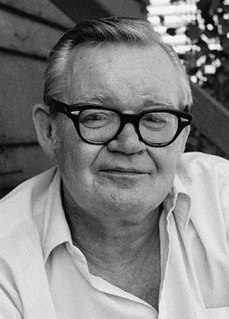
John Clellon Holmes was an American author, poet and professor, best known for his 1952 novel Go. Considered the first "Beat" novel, Go depicted events in his life with his friends Jack Kerouac, Neal Cassady and Allen Ginsberg. He was often referred to as the "quiet Beat" and was one of Kerouac's closest friends. Holmes also wrote what is considered the definitive jazz novel of the Beat Generation, The Horn.
Jazz poetry has been defined as poetry that "demonstrates jazz-like rhythm or the feel of improvisation" and also as poetry that takes jazz music, musicians, or the jazz milieu as its subject. Some critics consider it a distinct genre though others consider the term to be merely descriptive. Jazz poetry has long been something of an "outsider" art form that exists somewhere outside the mainstream, having been conceived in the 1920s by African Americans, maintained in the 1950s by counterculture poets like those of the Beat generation, and adapted in modern times into hip-hop music and live poetry events known as poetry slams.

Mexico City Blues is a poem published by Jack Kerouac in 1959 composed of 242 "choruses" or stanzas. Written between 1954 and 1957, the poem is the product of Kerouac's spontaneous prose, his Buddhism, and his disappointment at his failure to publish a novel between 1950's The Town and the City and 1957's On the Road.
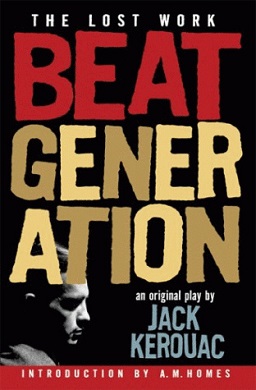
Beat Generation is a play written by Jack Kerouac upon returning home to Florida after his seminal work On the Road had been published in 1957. Gerald Nicosia, a Kerouac biographer and family friend has said that theatre producer Leo Gavin suggested that Kerouac should write a play; the outcome being Beat Generation.
Dead City Radio is a musical album by Beat Generation author William S. Burroughs, which was released by Island Records in 1990. It was dedicated to Keith Haring.
Richard William McBride was an American beat poet, playwright and novelist. He worked at City Lights Booksellers & Publishers from 1954 to 1969.
Jack Kerouac was an American novelist and poet. He is considered a literary iconoclast and, alongside William S. Burroughs and Allen Ginsberg, a pioneer of the Beat Generation. Kerouac is recognized for his method of spontaneous prose. Thematically, his work covers topics such as Catholic spirituality, jazz, promiscuity, Buddhism, drugs, poverty, and travel.

Kerouac: Kicks Joy Darkness is a 1997 spoken word tribute album featuring late Beat Generation writer Jack Kerouac's work performed by various artists. Notable performers include: Michael Stipe, Allen Ginsberg, Hunter S. Thompson, Johnny Depp, and Patti Smith. Ginsberg's performance of "The Brooklyn Bridge Blues" is missing the final tenth chorus. This was due to a faxing machine error which stuck the last pages together when Ginsberg was faxed the lyrics. The final chorus is read by Eric Andersen instead, recorded on a DAT recorder from the Brooklyn Bridge.

Jim Cohn is a poet, poetry activist, and spoken word artist in the United States. He was born in Highland Park, Illinois, in 1953. Early poetics and musical influences include Bob Dylan, the subject of a now lost audiotaped for a class project completed in his senior year at Shaker Heights High School, where he also co-captained the varsity football team. He received a BA from the University of Colorado at Boulder in English (1976) and a Certificate of Poetics (1980) from the Jack Kerouac School of Disembodied Poetics at Naropa University where he was a teaching assistant to Allen Ginsberg. He received his M.S. Ed. in English and Deaf Education from the University of Rochester and the National Technical Institute for the Deaf (NTID) in 1986. For over two decades, he worked in the field of disability services, taking a siddha approach as a model of Disability Services and Studies practice and scholarship. He believed that the social sciences should be redefined thematically within the United States into a form of American Karmic Studies.

Songs of Innocence and Experience is an album by American beat poet and writer Allen Ginsberg, recorded in 1969. For the recording, Ginsberg sang pieces from 18th-century English poet William Blake's illustrated poetry collection of the same name and set them to musical accompaniment, performed with a host of jazz musicians.

Yannis Livadas is a contemporary Greek poet.







